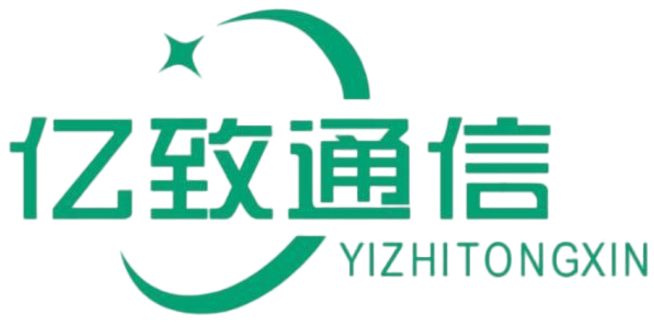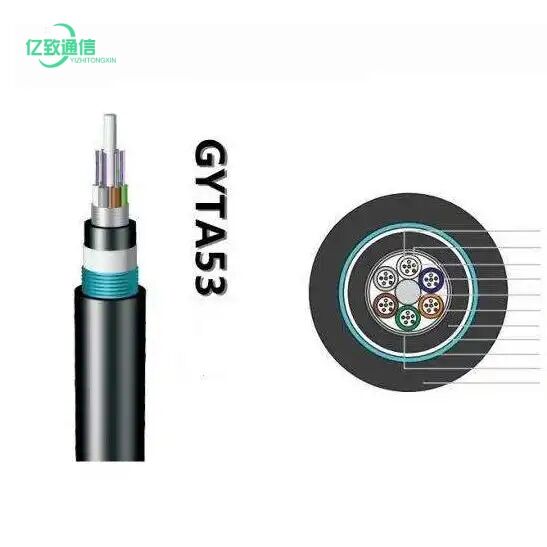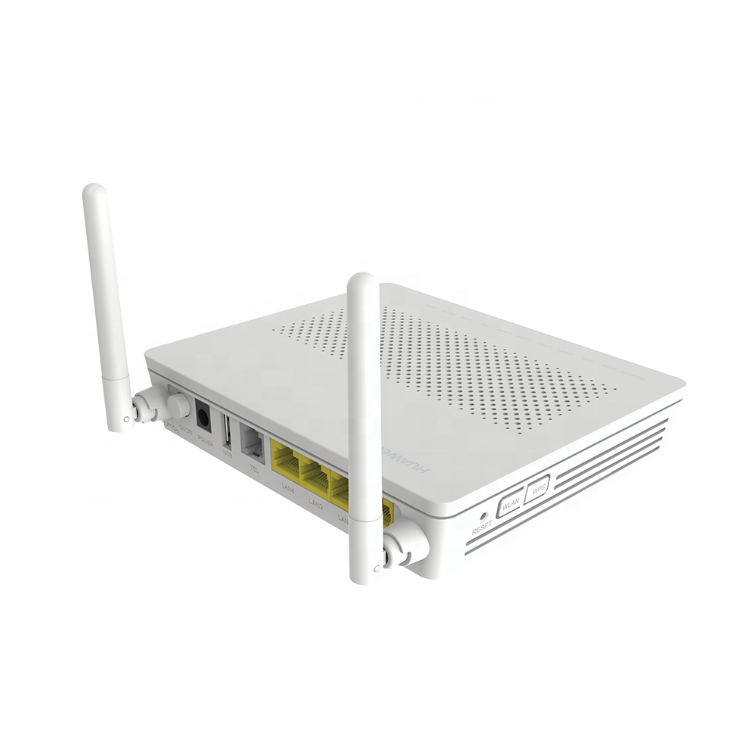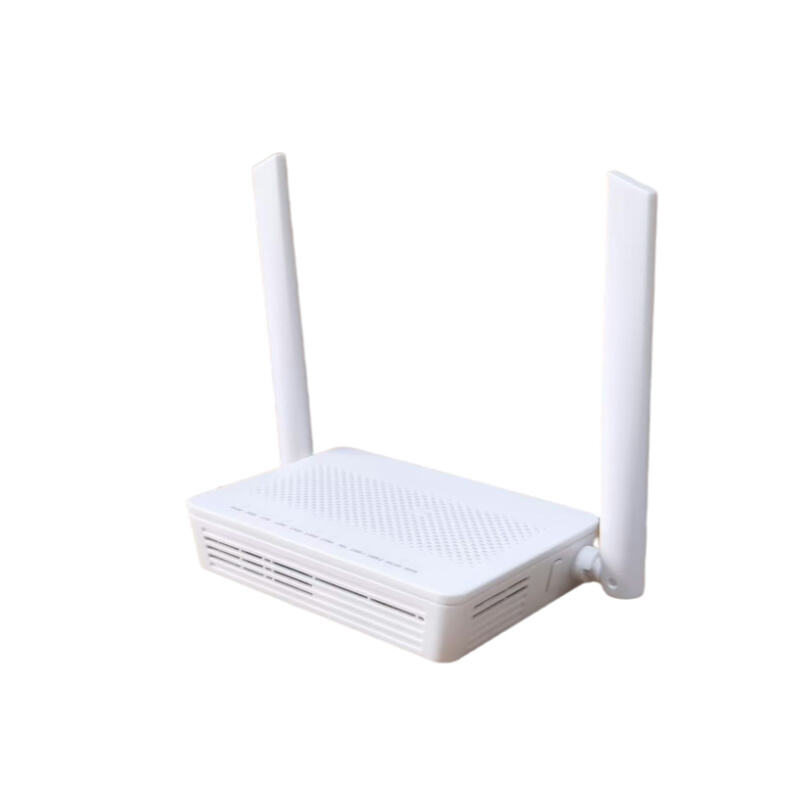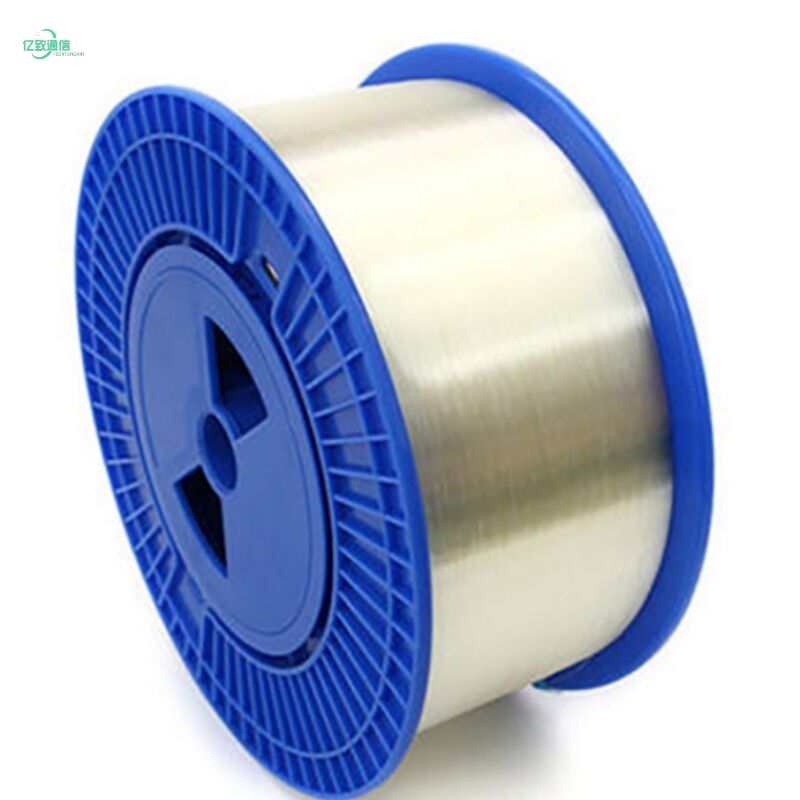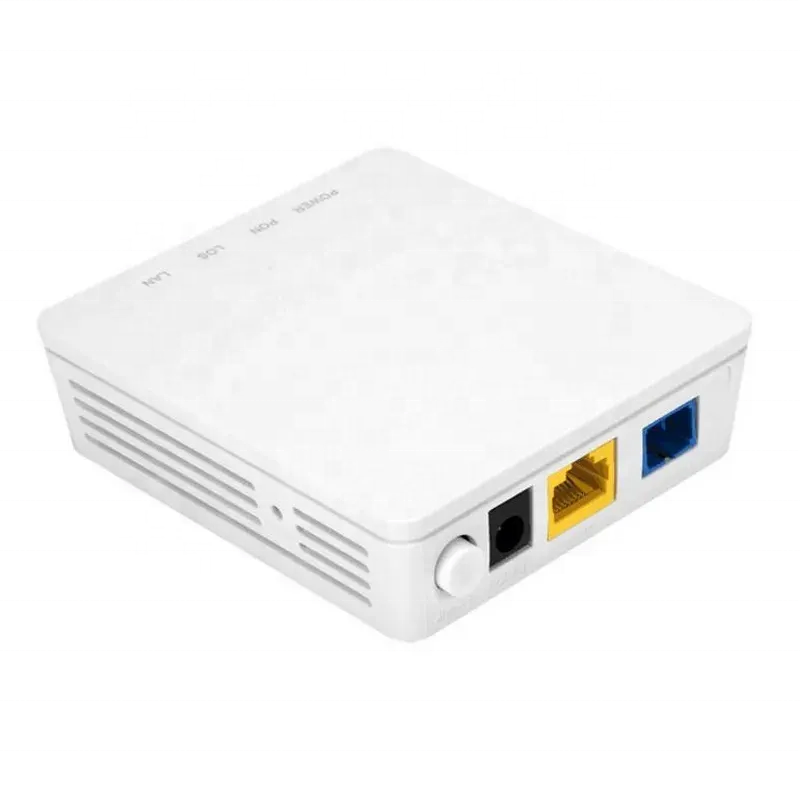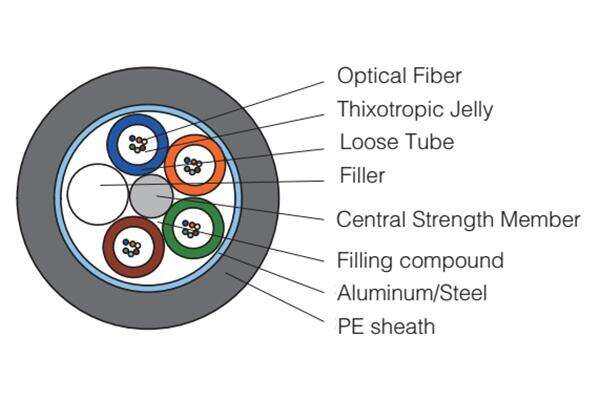optic cable price
Optic cable price represents a crucial consideration in modern telecommunications infrastructure, reflecting the complex interplay of manufacturing costs, technological advancement, and market demand. These essential components of digital communication networks vary in price based on several key factors, including fiber count, transmission capacity, and protective coating quality. Generally, single-mode fibers cost less than multimode varieties, while specialized cables with enhanced durability features command premium prices. The market demonstrates significant price variations between indoor and outdoor cables, with the latter requiring additional protective elements that influence the final cost. Current pricing trends show a steady decrease over recent years due to improved manufacturing processes and increased competition among suppliers, making high-quality fiber optic solutions more accessible to businesses and telecommunications providers. Installation requirements, including specialized connectors and termination hardware, also factor into the total cost consideration. The price per meter typically decreases with larger volume purchases, offering economies of scale for major infrastructure projects. Modern optic cables feature advanced characteristics such as bend-resistance and enhanced signal integrity, which can affect pricing but provide superior long-term value through reduced maintenance needs and extended service life.
